#south slavic
Text
Pirot Kilim ornaments

Чурлињак (čurlinjak) - The most basic motif, representing a cross section of the lower part of the whisk for mixing ingredients (called čurlinjak).
Врашко колено (Devil's knee) - The motif comes from the pre-Christian Slavic religion. It symbolises movement in circles (kolo dance) and the flow of life, and provides strength, bravery and defense against evil.
Корњача/жељка (turtle) - The most popular pattern of the Pirot Kilim. It symbolises durability and longevity and brings fertility, healthy life and protection from danger.
Ченђели (čenđeli) - Represents a grappling hook mounted on a wooden pole, used for hanging things.
Бомбе (bombs) - It beard this name due to its semblance to handgranades, but the motif has existed since before handgrandes were invented. It provides strength and energy, especially to men, so the kilims with this motif were usually gifted to boys for their life milestones.

Гуштер (lizard) - This pattern probably originates from modified depictions of dragons. It represents laziness and indifference, but also change, flexibility and adaptation to the world.
Ђулови (roses) - It represents a stylised cross section of a rose, showing both the exterior as well as the pistils, anthers and seeds inside. It is symbolises a young woman and her beauty. Kilims with this motif are often gifted to daughters by their mothers. Different variations of this motif exist, some of which (the roses on shackles) were, according to legends, made as rebellion of kilim weavers against the Ottoman repression.
Ђаволчићи (Little Devils) - The devil is represented as a human figure turned upside down, with the devil's head turned towards the underworld, and a bird on the other side representing the heaven.

Гугутка (dove) - Birds protect from evil spirits and diseases and connect the earth and sky. It represents family harmony, love, peace and joy, and as such kilims with this motif are often gifted to new homeowners. This motif can often be seen arranged around a pole, representing a tree full of birds.
Атапот (atapot) - It represents an octopus, and the name probably came from a distorted pronunciation of the word oktopod (octopus).
Француске бомбоне (French candies) - This motif was probably inspired by silk candy wrapped in decorative paper and brought to Serbia from distant lands. According to a folk story, when the French soldiers liberated Pirot in the First World War in 1918, the kilim weavers designed this pattern as a sign of gratitude.
Столица (chair) - It represents an antique chair and the inspiration for this pattern came from the everyday life of the kilim weavers.
Тиче (tiče) - It represents a small bird.
Source: "Ornaments of Serbia: the Pirot Kilim" by Milica Živadinović. Art by me.
#art#water color art#serbia#serbian#kilim rug#folklore#balkans#balkan#traditional art#water colour art#slavs#slavic#south slavic
364 notes
·
View notes
Text

◾A Serbian lady from Крагујевац(eng. Kraguyevats/lat. Kragujevac), dressed in serbian traditional city clothes 🇷🇸
▪️Time: 1895
▪️Photographer Љубиша Ђонић
#serbian#balkan#europe#serbian beauty#serbian traditional clothes#serbian folklor#slavic#serbian women#serbian tradition#beauty#Serbian culture#Tradition#Culture#Slavic#South Slavs#South Slavic#serbian aesthetics#serbian aesthetic#Vintage#Retro#19th century#Old Portrait#portrait#Woman#Kragujevac
89 notes
·
View notes
Text

*sets down the 94588464th drawing of balkan sapphics at your doorstep* (serbian from sumadija and outskirts of belgrade, respectively)
#balkan#slavic culture#slavic wlw#serbia#eastern europe#south slavic#slavic art#oc#wlw#sapphic#srbija#wlw art#sapphic art#bi wlw
96 notes
·
View notes
Text
Are there any queer south slavic people on here who are willing to talk about how pobratimstvo and posestrimstvo is very queer? I have a few reasons to believe this and I'll probably make a post about it or I'll reblog it on this one. So if anyone is interested like this so that I can tag you when I make the post or reblog it with your own opinion on this if you'd like to :)
#queer#serbia#croatia#bosnia#bosnia and herzegovina#slovenia#montenegro#slavic#south slavic#queer slavic#queer history
18 notes
·
View notes
Text
Among Balkan witches, rope was rarely used, but in contrast, yarn was obligatory. As a rule, they would use any kind of yarn; the only thing that mattered was it's color. White, red, black, and sometimes gold colors were used.
White yarn was exclusively used in healing rituals. After a bundle of necessary items for the sick person was prepared, witches wrapped it three times with white yarn, then it was tied with three knots while they chanted an appropriate incantation. Repeating the incantation while tying each knot. The bundle consisted of a piece of white canvas, a personal effect of the sick person, or a few hairs, or an herb was used to treat the sickness at hand. Sometimes just a lock of hair was bound with white yarn, and while the knots were tied, the incantation was repeated.
Red yarn was used for everyday situations. It was most used in love magic first for "binding" a couple, then for material benefits, but also for protection from any evil. The method of performing the ritual is identical to the previous one , meaning that while the knots were being tied, the appropriate incantation was repeated for each knot.
Black yarn was used exclusively for black magic, with the methodology as in the previous examples. It is well known that black yarn is used in Vlach "binding", and according to that, we can conclude that this type of love magic is black magic.
- Balkan Traditional Witchcraft by Radomir Ristic
#balkan witchcraft#balkan folk magic#south slavic#balkan#Radomir Ristic#traditional witchcraft#yarn magic#fiber witchery#folk magic#slavic folk magic#balkan folklore#folk healing#black magic#holy queue
49 notes
·
View notes
Text
if you're south slavic could you please tell me some local folk tales/fairytales from your country. this is me asking btw
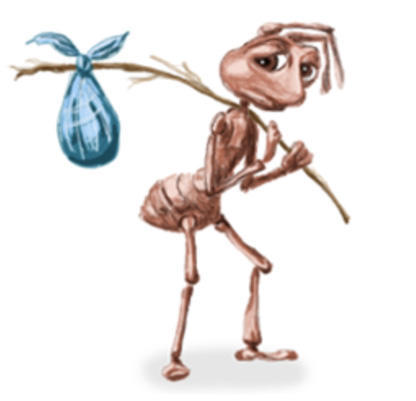
8 notes
·
View notes
Text
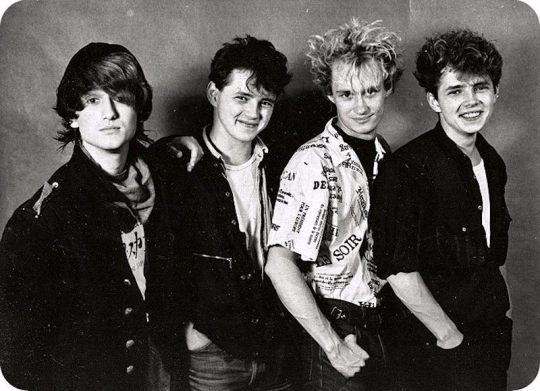
da li misliš da su jedan drugom istraživali tjela
#/j#ali Smrt Fašizmu kao album je čist pederluk#Kad Si Sam Druže Moj uvjek igra negdije u pozadini mog mozga#plavi orkestar#south slavic#yugoslavian rock#ex yugoslavia
21 notes
·
View notes
Text
When a language wants to be as unique and authentic as possible and tries to replace all the international words with their own stuff - I can definitely understand that.
But what have Vienna? has ever done to you?? dear Slovenia??? so you don't even acknowledge it's existence???? And simply refer to the river Dunaj instead?????
(also in several other south Slavic languages, like Serbian or Bosnian, Vienna is called Beč, where č makes the "ch" sound and the whole word sounds kinda like "bench" without "n" in it)
10 notes
·
View notes
Text
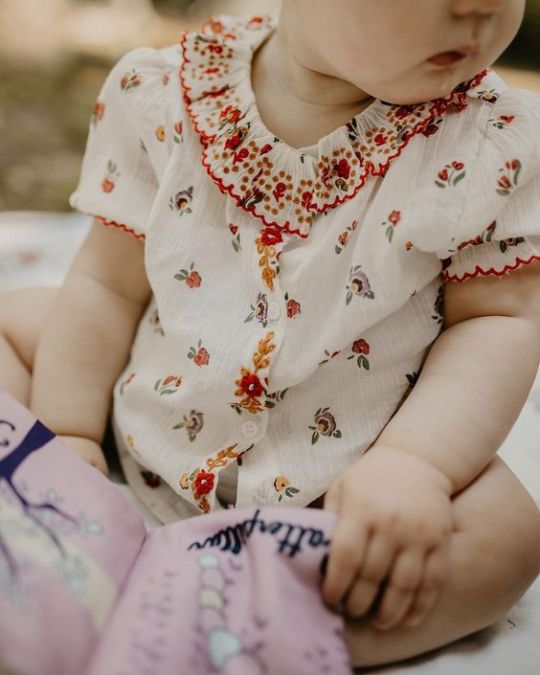
iddavanmunster
3 notes
·
View notes
Text
『 Istrski poljub - Istrian kiss 』
Croatian and Slovenian Istrian girls kissing in an old coastal town
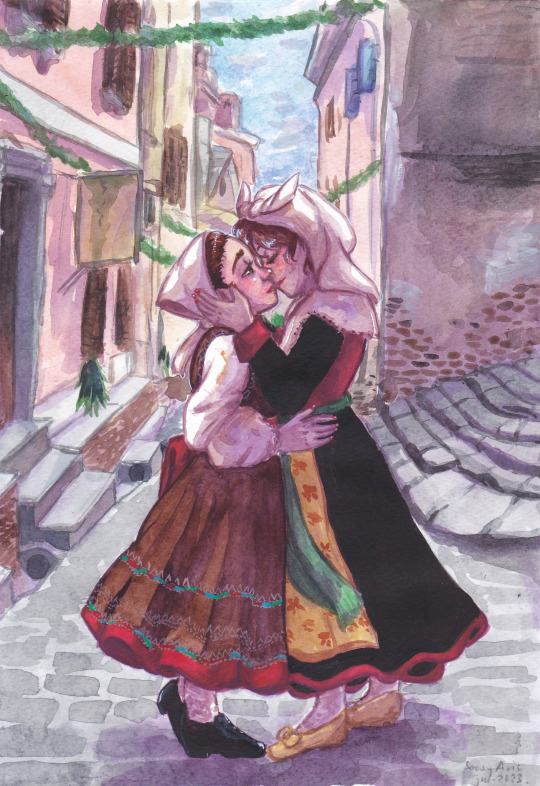
The Croatian girl (left) is wearing folk clothes from southern Istria. The Slovenian girl (right) is wearing folk clothes from the Trieste region. The town I used as a reference was a photo I took in Piran a couple of months ago - I guess they met halfway between eachother!
#art#traditional art#water colour art#folk dress#illustration#sapphic#lesbian#bisexual#wlw love#sapphic love#istria#istra#slovenian#slovenia#croatia#croatian#south slavic#romantic#mediterranean#gay kiss#lesbian kiss#balkans#balkan#slavic#slavs#old town#pansexual#queer#lgbt#gay
191 notes
·
View notes
Text
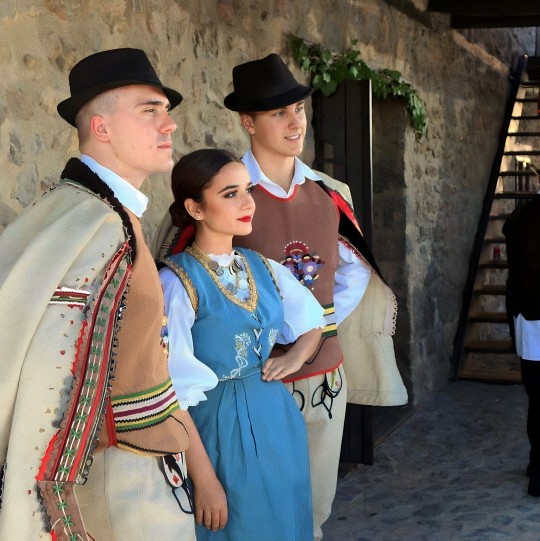
◾Serbs dressed in serbian traditional clothes from Banat, Northeastern Serbia 🇷🇸
#serbian#balkan#europe#serbian beauty#serbian traditional clothes#serbian folklor#slavic#serbian women#serbian tradition#beauty#Serbian culture#Culture#Tradition#Banat#Vojvodina#serbian aesthetics#serbian aesthetic#Folklor#Folk#south slavic#south slavs
9 notes
·
View notes
Text
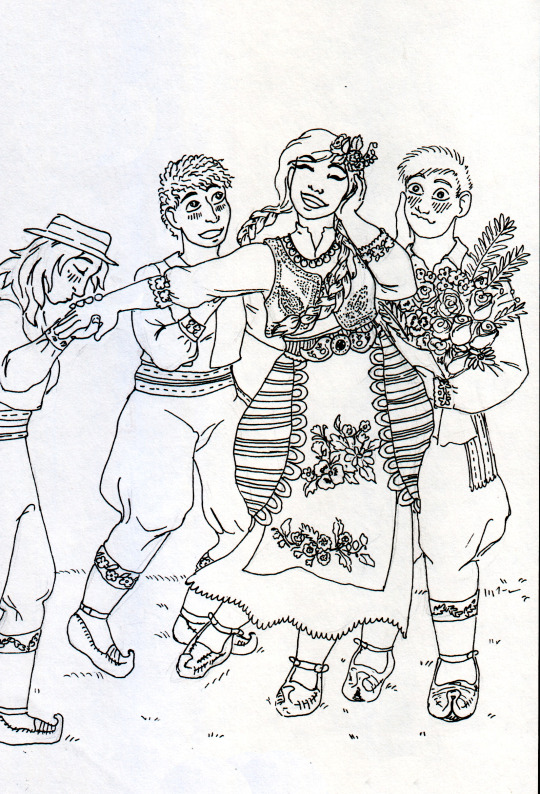
shes caught the heart of every butch in the region
#balkan#slavic art#slavic culture#butchfemme#serbian#serbian lesbian#serbian art#butch#femme#butch4femme#eastern europe#south slavic#slavic wlw
73 notes
·
View notes
Text
❁blatský kroj❁

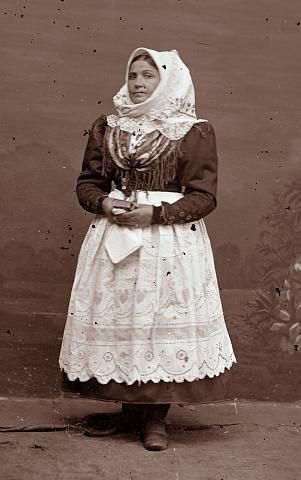




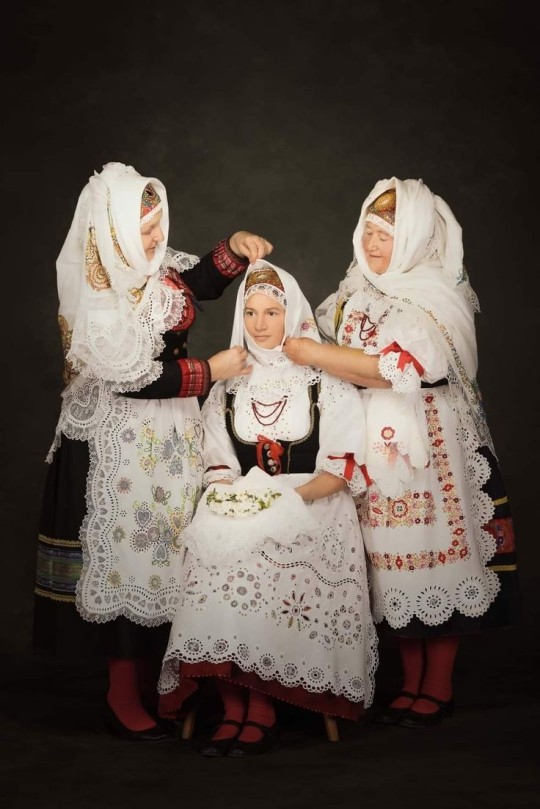
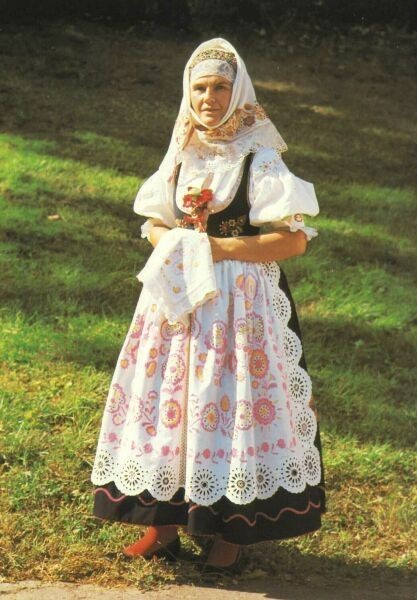
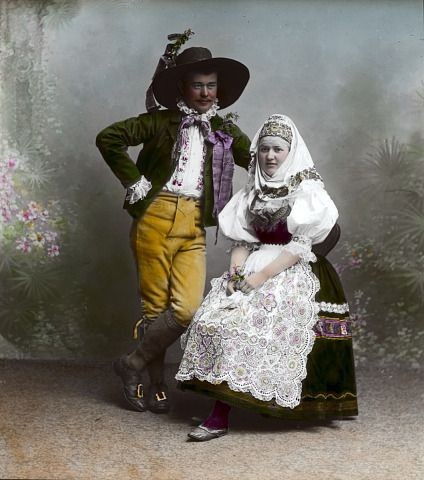
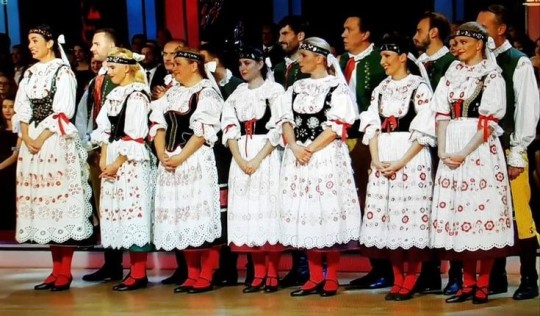




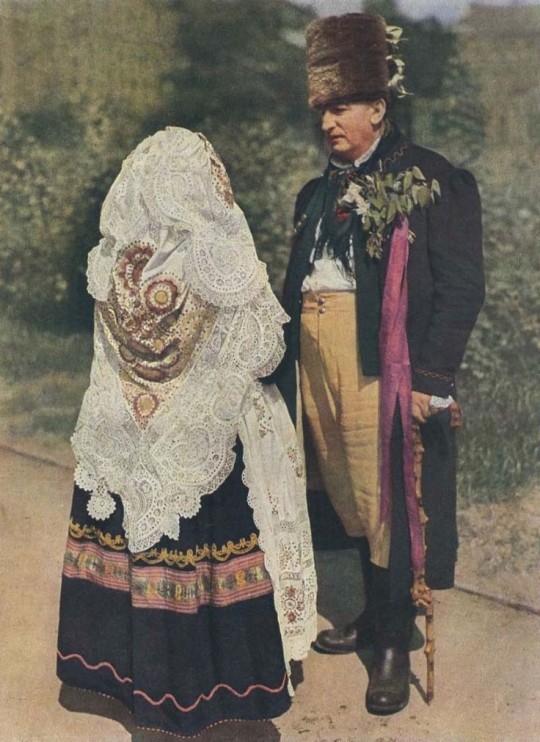
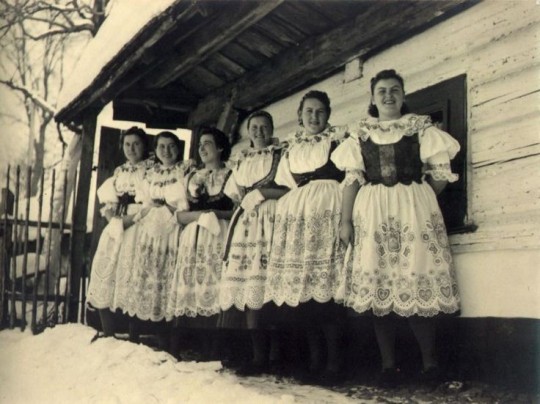
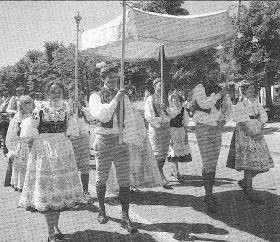




nasbíráno na pinterestu :)
teď už ho poznáte!
podobné výšivky a prvky má kroj kozácký (táborský)
#české kroje#česká kultura#blata#slavic#slavic culture#czech culture#south bohemian culture#čumblr#česky#obrozujeme#národní obrození 2
166 notes
·
View notes
Note
do u know of any resources for balkan folk magic & witchcraft?
Hi nonny!
The balkan region isn't my area of expertise but I do have a few things that you may find helpful.
This post from @junipersprigs
The author Radomir Ristic published 2 books on Balkan witchcraft before he passed away. I own "Balkan Traditional Witchcraft" by him & it's got a decent amount of information and a bibliography. I assume his other book is the same way.
This YouTube channel was run by a lady from Serbia. Sadly she also passed away a few years ago, so there aren't any new uploads.
There are also little documentaries on YouTube like this that might have good bits of info in them. (Take everything in it with a grain of salt especially because it's produced by Vice🤢).
I'd also check Academia.edu, Jstor & a lot of folk and ethnography museums have websites with a board of academics who publish their research. If it's behind a pay wall, it cant hurt to track down the author & just ask if they'd be willing to send you a copy to read. A lot of the times they're more than happy to & if you can definitely donate some money to them to support their work.
Following tags like "Croatian folklore" or "Serbian witchcraft" here on Tumblr, IG & other social media platforms could be helpful too & you'll likely find other practioners who could help you more than I can. Translating those keywords into that native language & saving those helps too. For example, I have both "Ведьма" & the English spelling "Vedma" saved which means "witch" in Russian. Hopefully I explained that in a way that makes sense.
Also learning the language & using the web browser most common in whichever country/region will be better than using Google.
I'm a big advocate for reading the work of folklorists, ethnographers & other professionals rather than Wiccanized New Agey garbage. Learning from the people who live and breathe the practice is probably the best way. So, if you're able to, find a practioner near you who'd be willing to teach you. If you cant but you have ancestors from that region, I'd highly recommend asking them to help you. There's gotta be at least 1 person in your bloodline who's willing to.
This was kinda rambly but that's all I got. I hope this helped give you a good place to start. If anyone wants to add more resources to this post, please feel free to.
31 notes
·
View notes
Text

me attempting to translate the segment about vampires from a good book of south slavic folk beliefs instead of doing something that will help me earn money some day
#i WANT people who have interest in south slavic culture to be able to access it what can i say 😭#hopefully it will be done my tomorrow!#who is this for you might ask#and i will NOT answer#logs#the reason why i used the confused math lady is because you see my serbian is less than stellar#so it uuuuh takes a while#but its good for me!
22 notes
·
View notes
Text
neko mi je jednom rekao da kad starije osobe na balkanu kažu "ma on je sav svoj/ona je sva svoja" to je kod za "autistični su" i nikad nisam uspio preći preko toga
#peder su#alternativno to je kod za#balkan#south slavic#bosna i hercegovina#hrvatska#srbija#etc etc#idk doće ovo do pravih ljudi nekako#ableists će biti blokirani btw#ex yugoslavia
3 notes
·
View notes